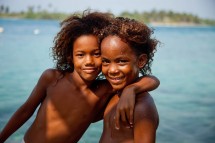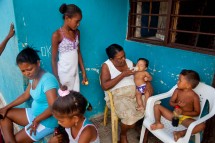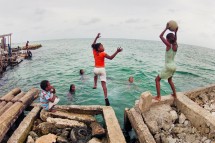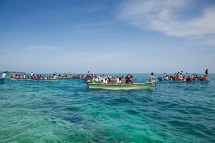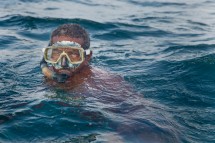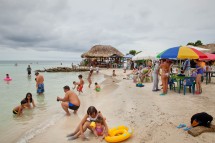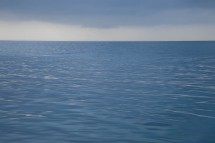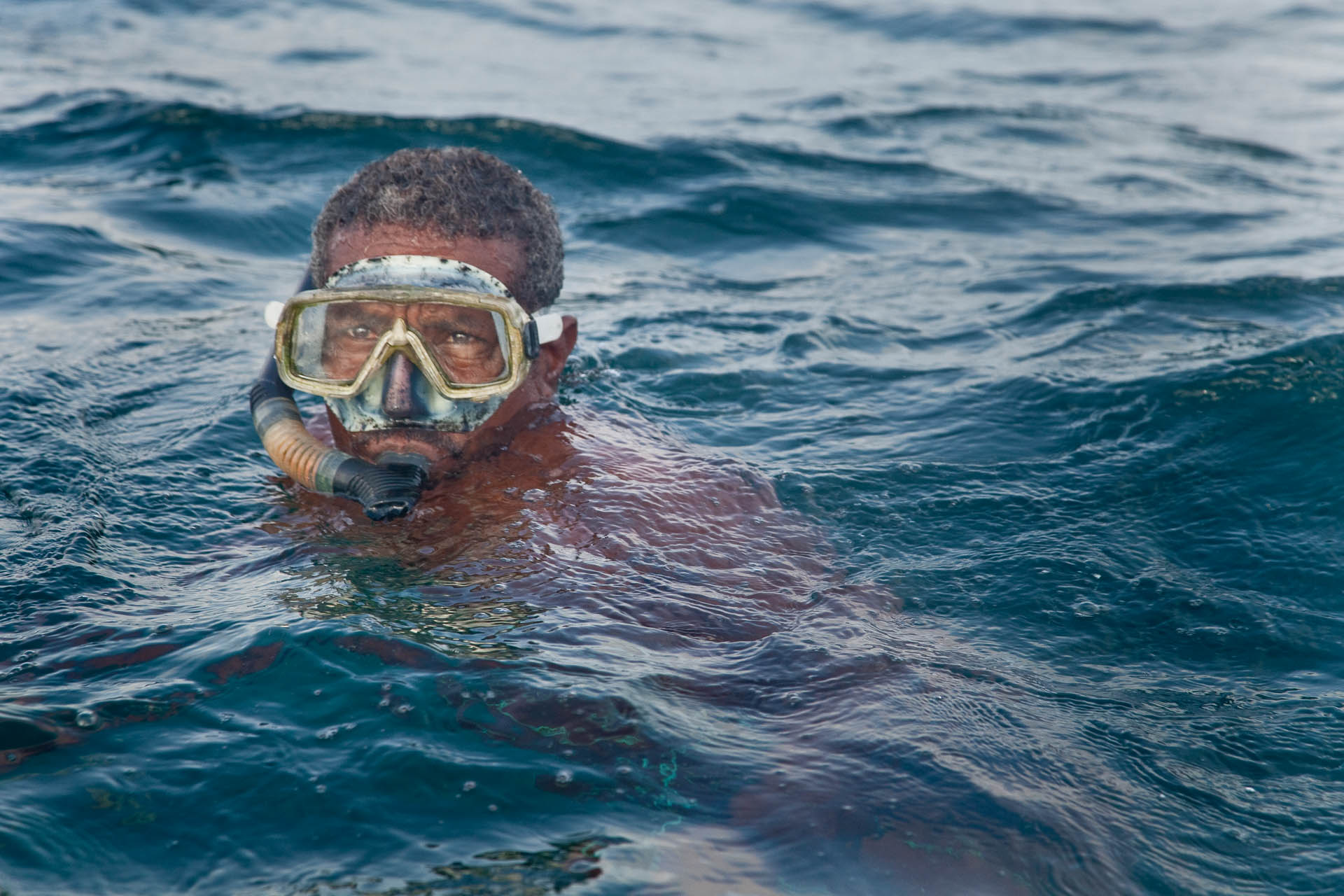
Diving without the aid of an oxygen tank, 56 year-old Blas Enrique Meza Medrano searches the shallow waters of the San Bernardo Archipelago. Blas makes a living catching crab, fish, and lobster by hand or speargun.
Senor Blas’s typical day starts at 6 a.m. paddling miles out to sea in a handmade wooden canoe. He returns to the island by two in the afternoon in hopes of missing the rough sea. Typically diving in waters 15-20 meters in depth, he searches the sea floor staying underwater for over a minute and a half on one breath.
Blas has free-dived up to 30 m. (90 feet) in depth searching for lobsters, which bring him the best income. The majority of his catch is sold to either tourists or shipped to the mainland for distribution.
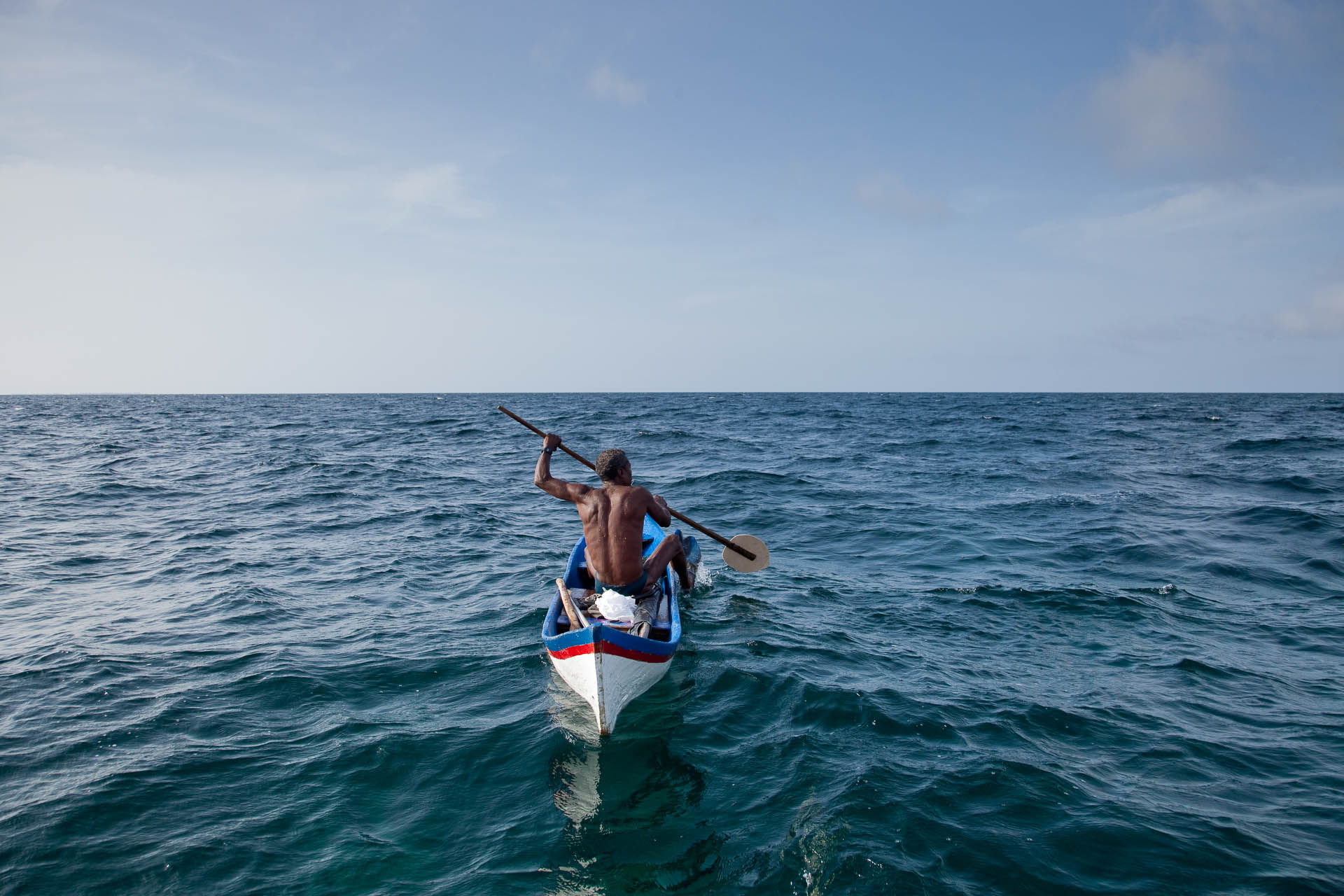
Senor Blas’s typical day starts at 6 a.m. paddling miles out to sea in a handmade wooden canoe. He returns to the island by two in the afternoon in hopes of missing the rough sea. Typically diving in waters 15-20 meters in depth, he searches the sea floor staying underwater for over a minute and a half on one breath.
Señor Blas takes another dive in search of his income for the day. Since the Colombian government declared the region a part of the Corales del Rosario National Park in 1996, regulations have required subsistence fishing in hopes of stabilizing the ecosystem from years of over-fishing. These regulations have made it difficult for locals, whom have fished the region for generations, to continue to make a living as fishermen.
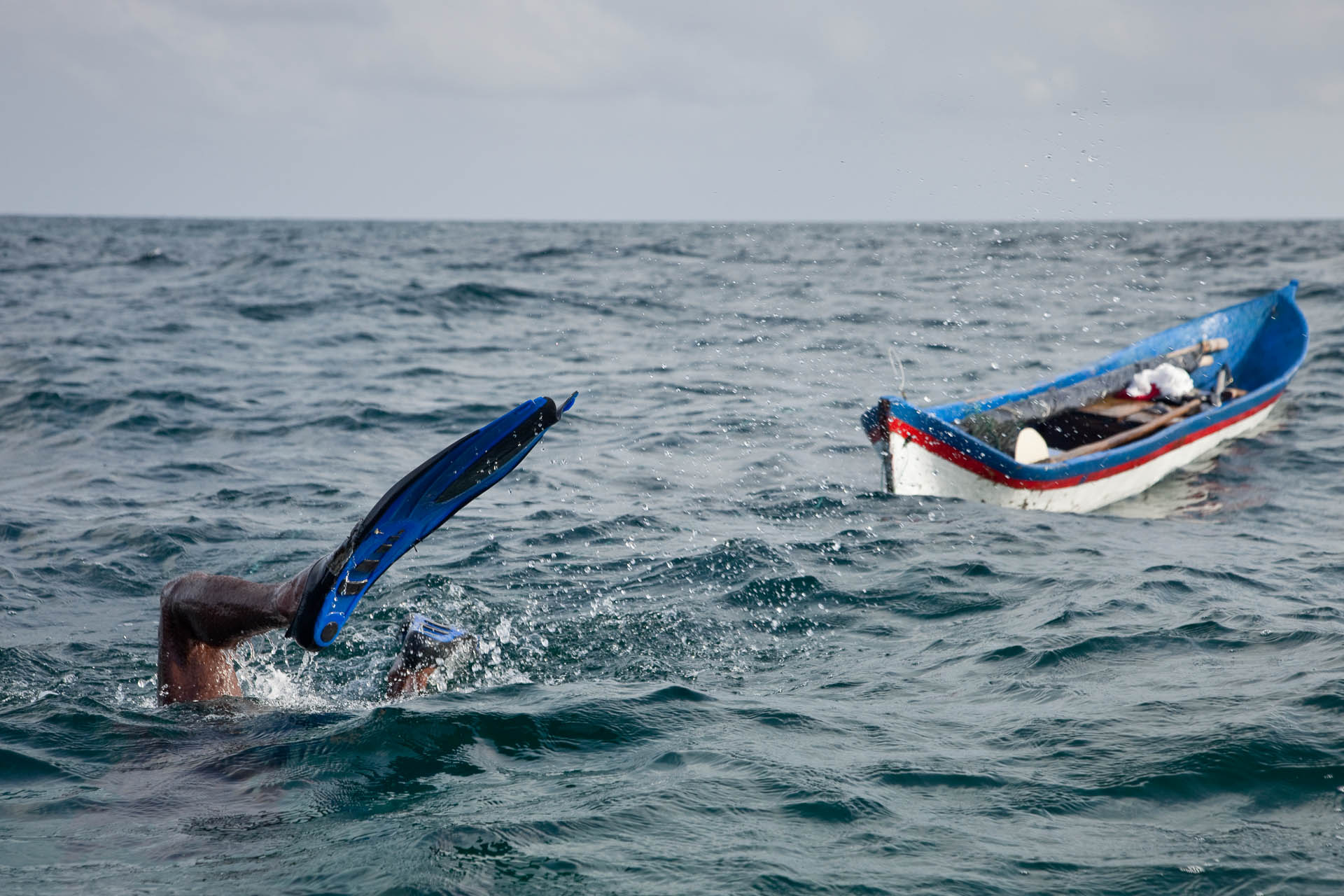
Señor Blas takes another dive in search of his income for the day. Since the Colombian government declared the region a part of the Corales del Rosario National Park in 1996, regulations have required subsistence fishing in hopes of stabilizing the ecosystem from years of over-fishing. These regulations have made it difficult for locals, whom have fished the region for generations, to continue to make a living as fishermen.
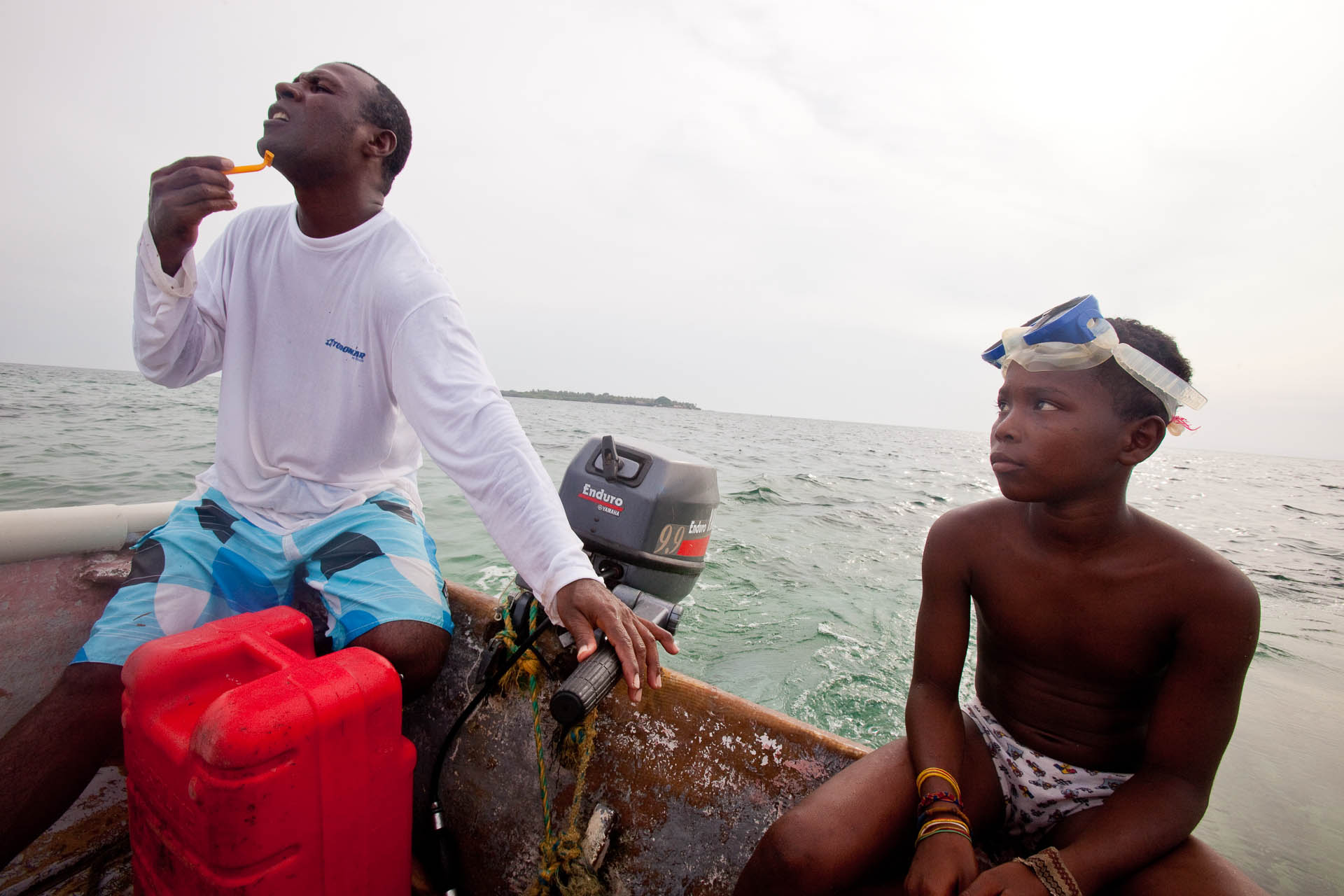
Returning from an uneventful trip of fishing with a net, Idabildo Castro Sierra, 36, guides his boat into shore. As a result of the decline in the fish population, Idabildo a father of five has started to look towards other avenues of income for his family.
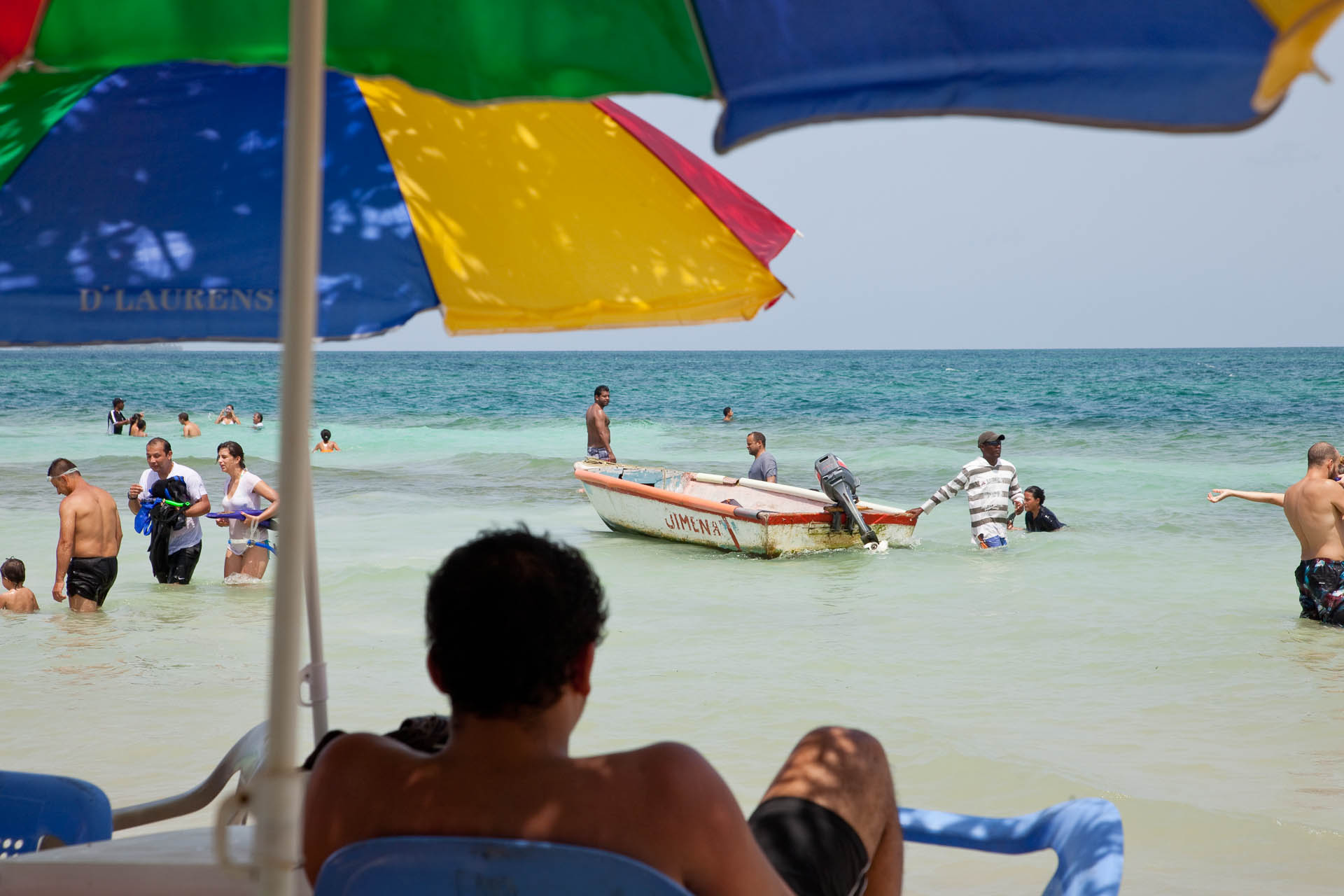
Taking advantage of a rise in tourism to the region, Idabildo Castro Sierra uses his fishing boat to transport tourists out to areas for snorkeling. Hundreds of tourists land on the island of Múcura looking to experience the Caribbean Sea.
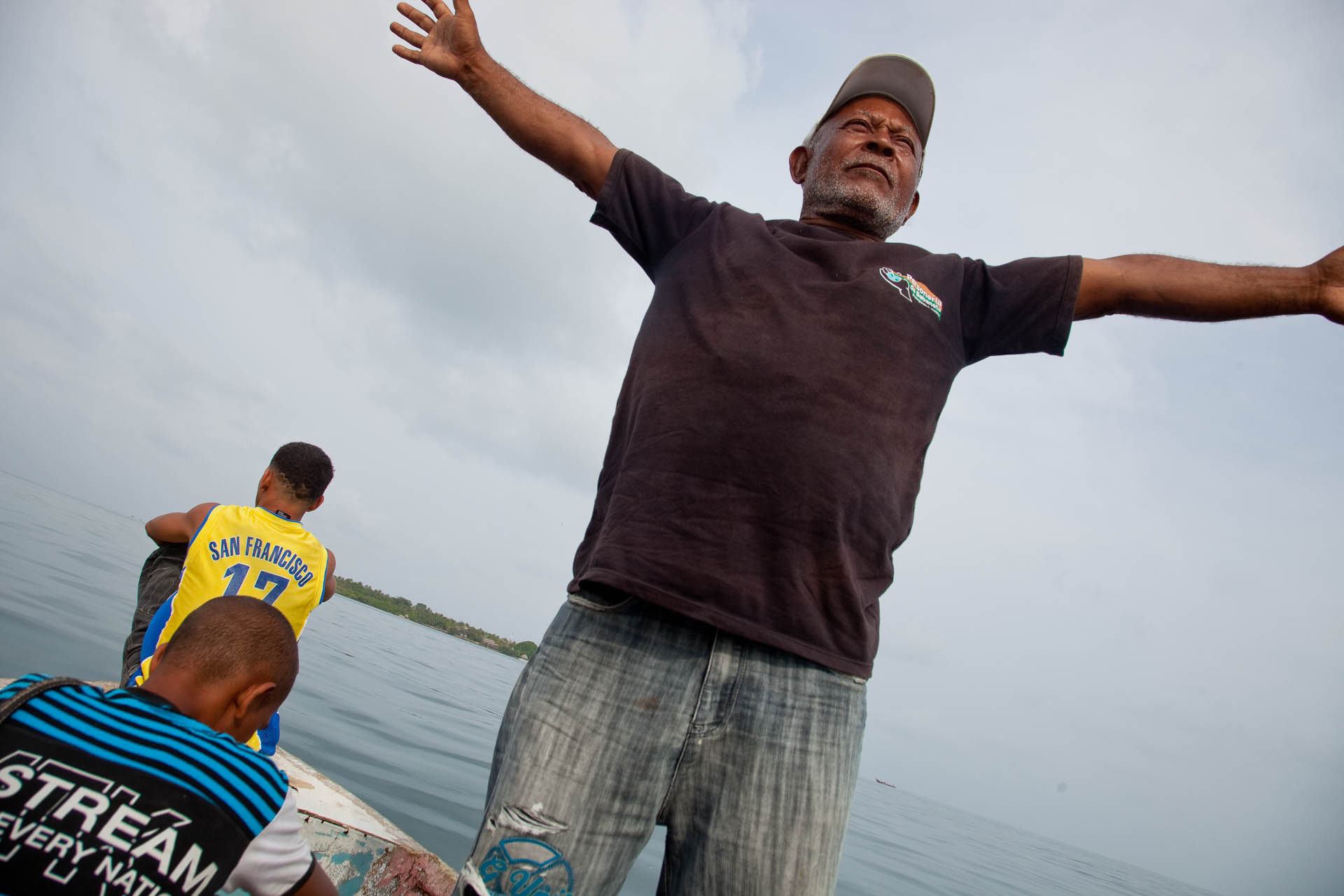
Juvenal Julio Berrio travels to the island of Múcura where he works as a tourist guide for the hundreds of mainland Colombians that visit the resort island every day. Juvenal, a former fisherman, embraces the opportunity of the new economy of the tourist industry.



